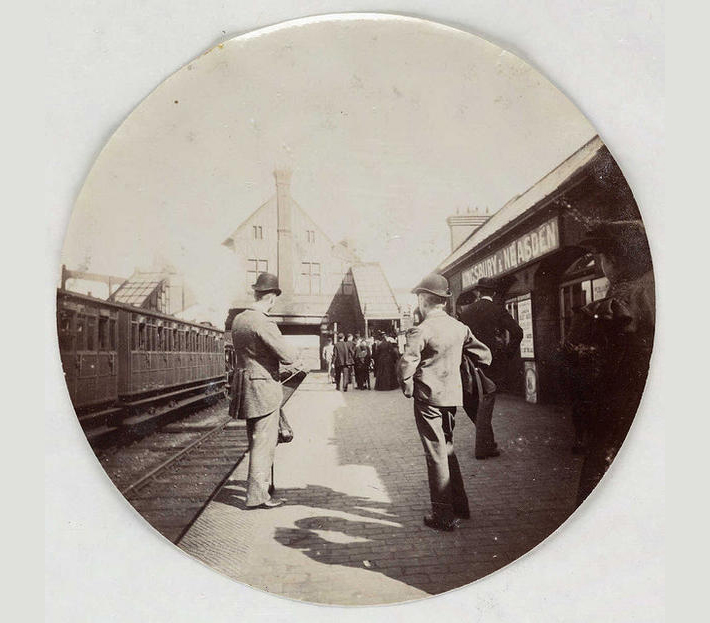Collection of National Media Museum/Kodak Museum
It could be
argued that consumer photography didn’t begin until 1888, when Eastman Kodak
made his Kodak No.
1 (the followup to the Kodak
Box) available to the public at large alongside the now famous slogan: “You
Press the Button, We Do the Rest.”
And thanks to
the National
Media Museum, we now have a small gallery
of sample photographs that show what photos taken 125 years ago with the Kodak
No. 1 looked like.
Without a doubt,
the Kodak No. 1 revolutionized photography. A plain-looking, leather-covered
wooden box preloaded with 100 exposures, its simplicity and (relatively) low
price tag made it the first camera realistically available to the masses.
Using the camera
was as easy as turning the key to wind the film, pulling the string to set the
shutter and pressing the button. So, technically, the slogan should have read “You wind the key, pull
the string and press the button… we do the rest,” but you can’t blame them for
shortening it.
When you had
used all 100 of your exposures, you would send the entire camera back to Kodak
where the company would develop your prints and send them back alongside the
re-loaded camera.
When your photos
finally arrived, what you had in hand was 100 2.5-inch circular prints that
looked something like this:
The photos above
give us a glimpse into the interests and daily lives of regular people in the
early 1890′s, to whom photography still held a very magical quality. You could
consider these the first photos ever taken by “amateur” photographers.
That’s because,
thanks to Eastman Kodak, you no longer needed to be a professional to own a
camera and take pictures. All you needed was little bit of money. When the
Kodak No. 1 came out, it cost $25 for the camera and $10 each time you had to
send it in for reloading/developing — in today’s money, that translates to
about $630 and $250, respectively.
To learn more or
see all of the Kodak No. 1 images available through the National Media Museum
in high-resolution, head over to the Museum’s Flickr account by clicking here.



















Nessun commento:
Posta un commento